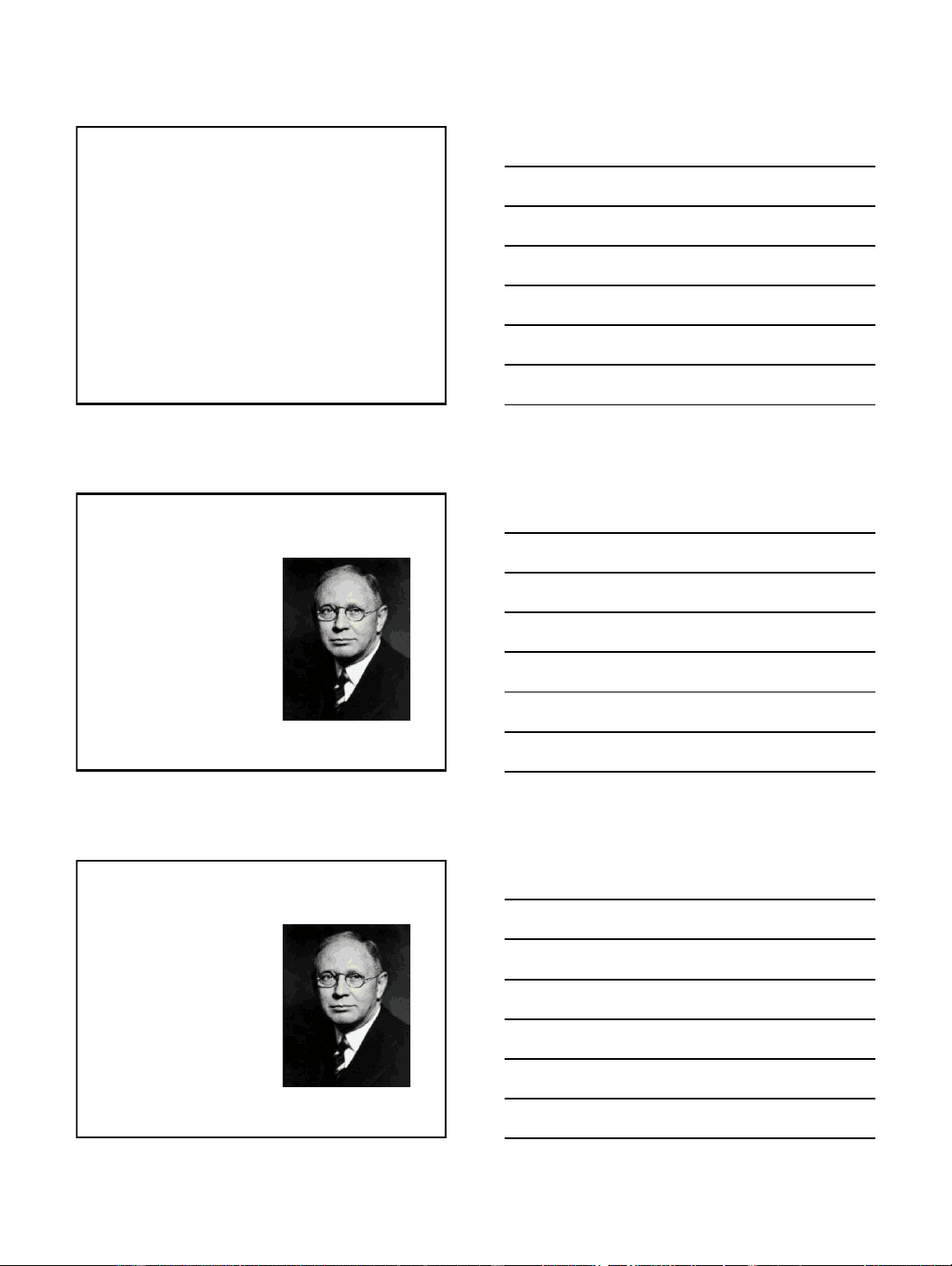
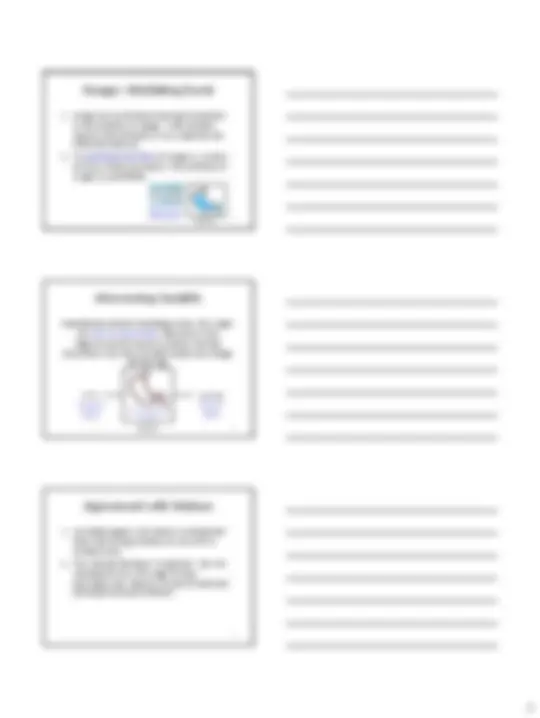
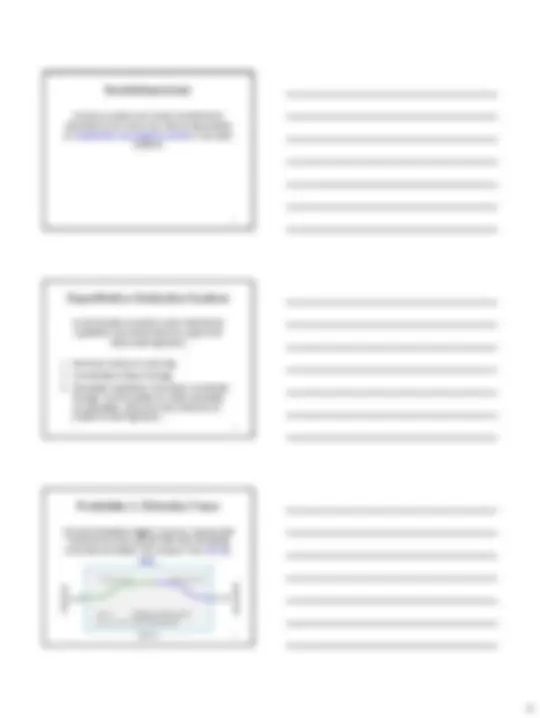
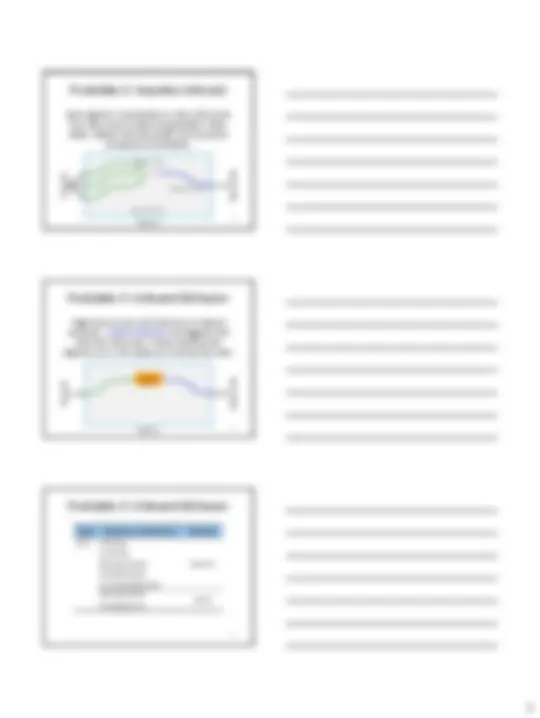
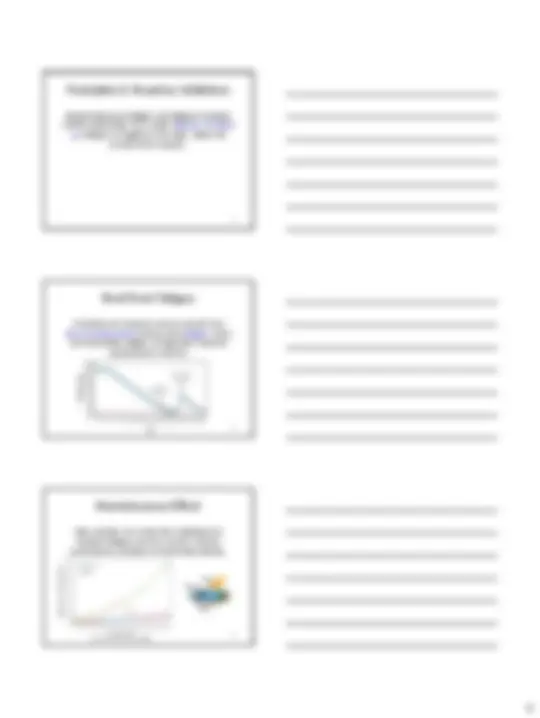
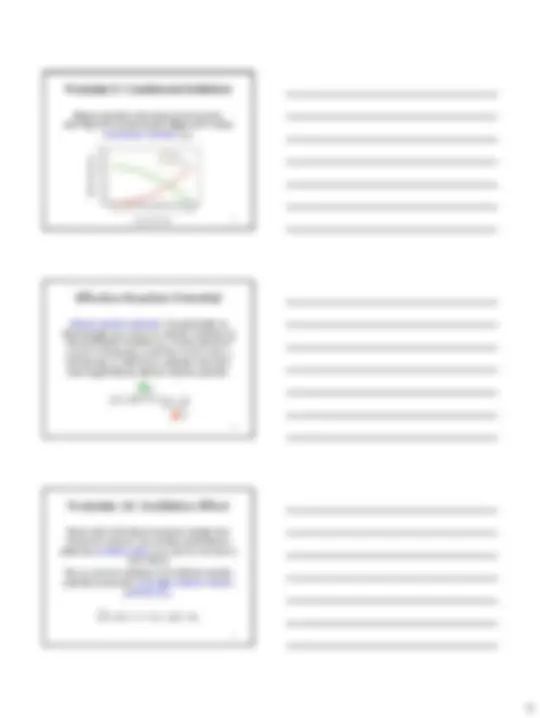
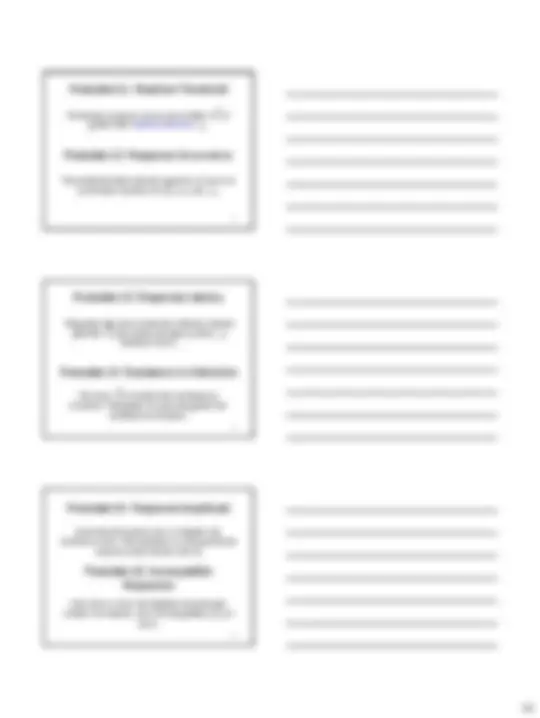
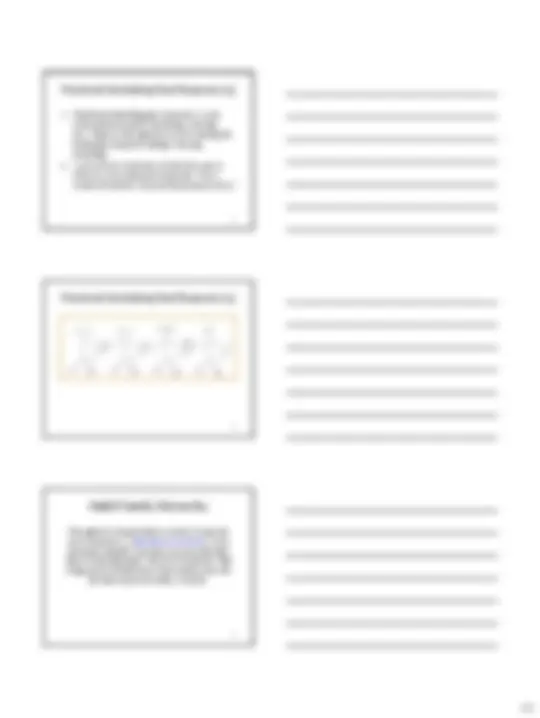
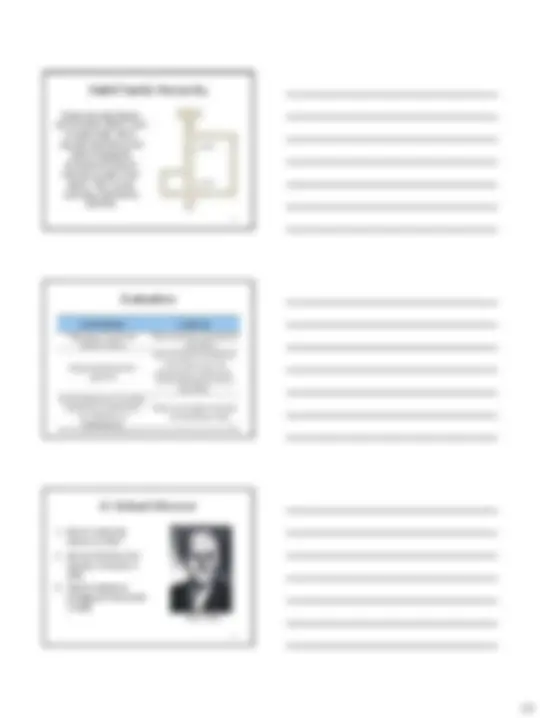
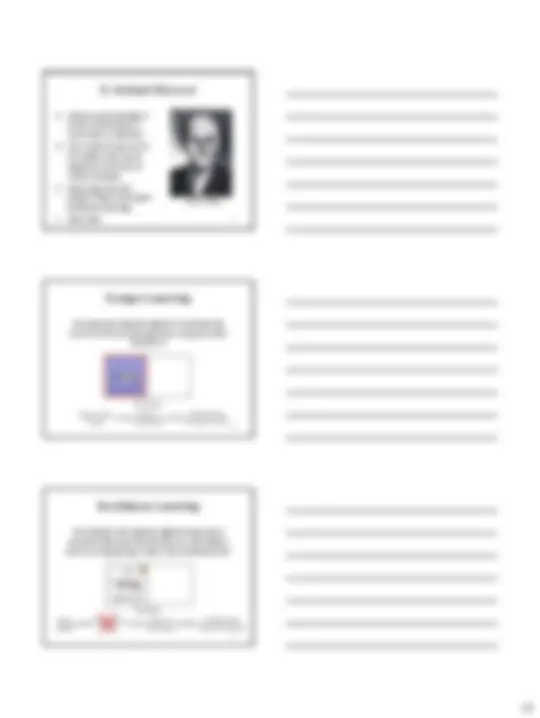
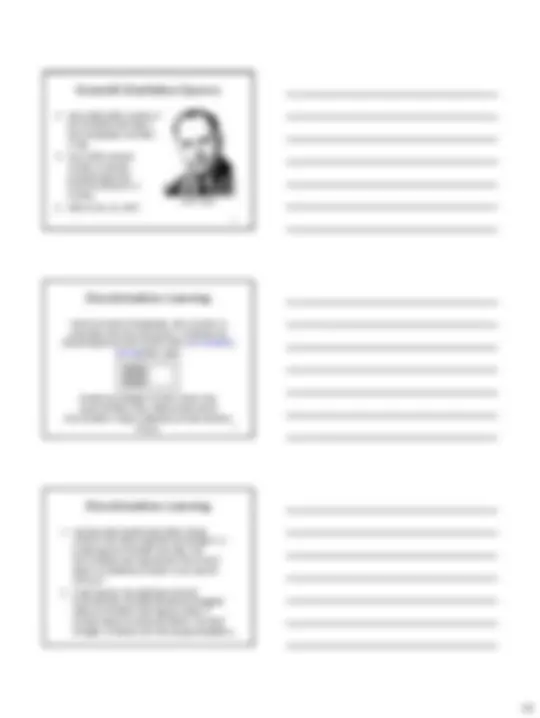
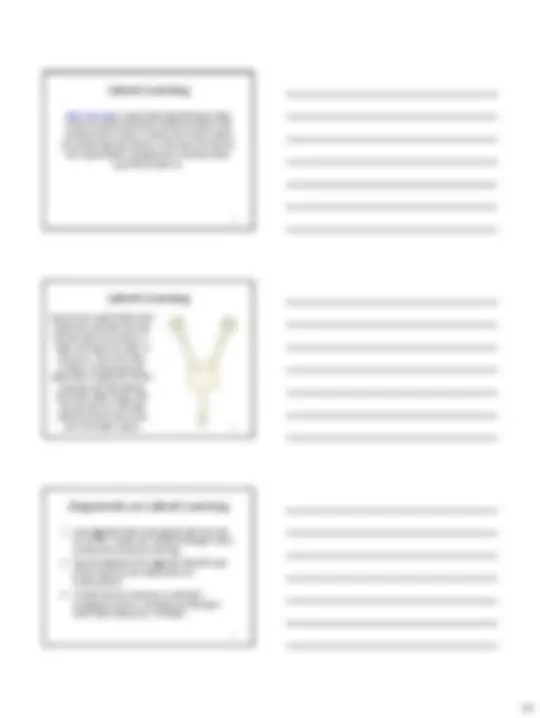
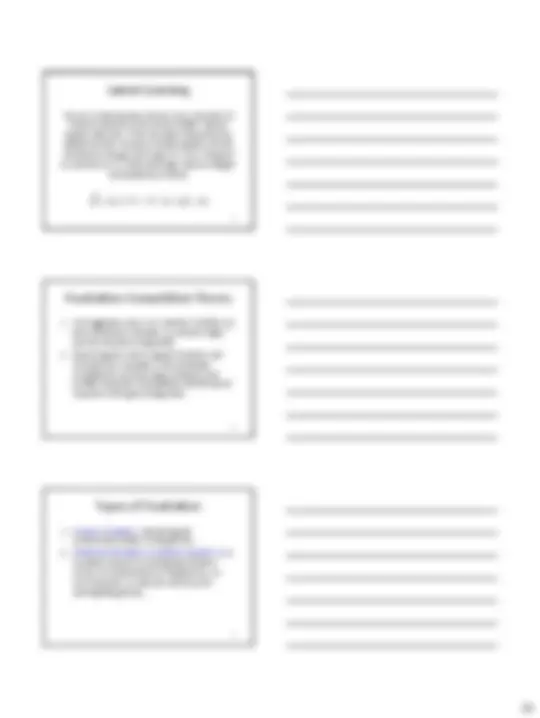
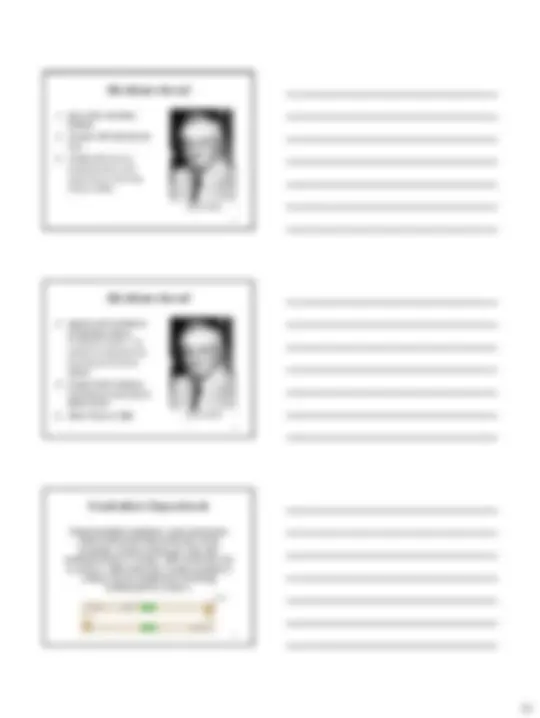
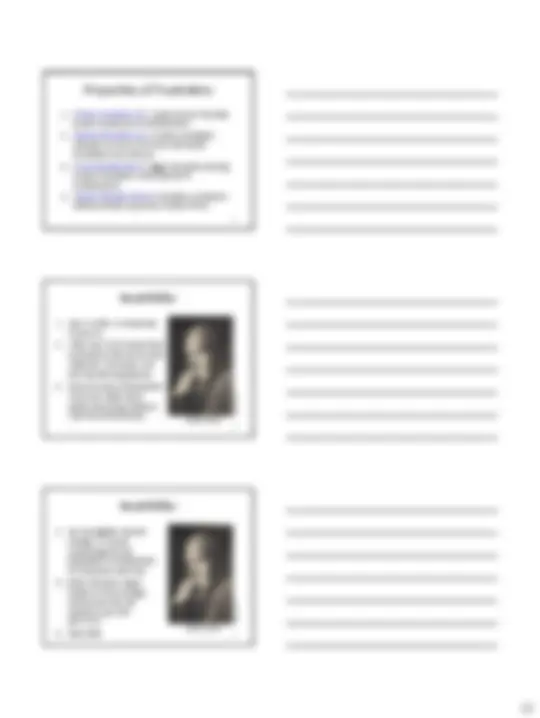
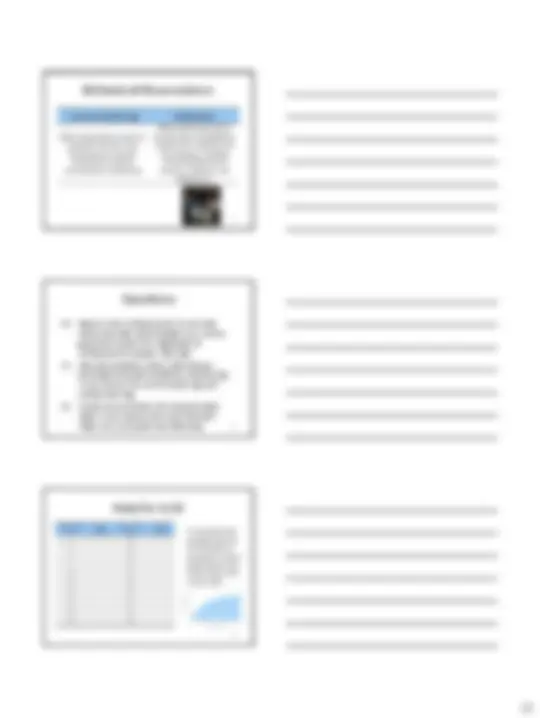


Study with the several resources on Docsity

Earn points by helping other students or get them with a premium plan


Prepare for your exams
Study with the several resources on Docsity

Earn points to download
Earn points by helping other students or get them with a premium plan
Community
Ask the community for help and clear up your study doubts
Discover the best universities in your country according to Docsity users
Free resources
Download our free guides on studying techniques, anxiety management strategies, and thesis advice from Docsity tutors
These ppt will teach you about Watson’s Behaviorism and Neobehaviorism as well as Hypothetico-Deductive System.
Typology: Slides
1 / 23

This page cannot be seen from the preview
Don't miss anything!
















1
2
4
10
Hull thus evolved a new brand of behaviorism (neobehaviorism) which uses intervening variables as hypothesized physiological processes, to explain behavior. 11
Hull developed a dynamic system that framed hypotheses and refined them to support and modify learning theory.
External stimulation triggers a sensory impulse that continues for a few seconds after the stimulating event has terminated. This impulse is the stimulus trace. Organism Stimulus (S) Response (R) Stimulus trace ( s ) Response trace ( r ) S R (Traditional Behaviorism) S s r R (Hull’s Behaviorism)
13
Each organism is bombarded by many stimuli and thus many sensory traces are generated. These traces interact with one another, and represent complexity of stimulation. Organism Stimuli (S) Response (R) Stimulus traces Response trace ( r ) s - S s - r R 14
Organisms are born with hierarchy of unlearnt responses. Unlearnt behaviors are triggered first when the need arises. If these behaviors fail organism learns new behaviors to reduce the need. Organism Stimuli (S) Response (R) Unlearnt Behavior 15
Need Hierarchy of Behaviors Behavior Cold Shivering Unlearnt Crouching Moving/running Eating/drinking Urinating/defecating Wearing clothes Learnt Turning heat on
19
Similar stimuli will evoke the same response or habit. Prior experience will affect current learning. Hull called it, Generalized Habit Strength ( S^ ― HR ). This is similar to Pavlov’s stimulus generalization, and to Thorndike’s identical elements theory, where identical elements in stimuli across situations evoke the same or similar response. 20
A biological deficit produces a drive (D) which is associated with drive stimuli. Drive Internal Stimulus External Stimulus Hunger Pangs Smell of food Thirst Parched throat Sight of water 21
The probability of a learned response occurring at a particular moment is called reaction potential ( SER ), and is the product of habit strength and drive. If habit strength or drive equals zero, reaction potential equals zero.
22
Responding causes fatigue, and fatigue eventually inhibits responding. This is called Reactive Inhibition ( IR ). Fatigue is a negative drive state. Makes the animal not to respond. 23
Extinction of a response not only results from lack of reinforcement but also from fatigue. When rest ameliorates fatigue, extinguished response spontaneously recovers. -2^0 24 68 10 1214 1618 2 4 6 8 10 12 14 16 18 20 22 24 26 28 30 Trial CR (Saliva, ml) Extingushed^ CR Spontaneous Recovery Rest 24
Mass practice on a motor task (rotating disk) increases fatigue, and thus results in poorer performance compared to distributed practice. Rotating disk Stylus Target 0 100 200 300 400 500 600 1 ♫ 2 ♫ 3 ♫ 4 ♫ 5 ♫ 6 ♫ 7 ♫ 8 ♫ 9 ♫ 10 ♫ 11 ♫ 12 ♫ 13 ♫ 14 ♫ 15 Successive Trials Mean Time on Target (Seconds) (^) Distributed Massed Both (Kimble and Garmezy, 1968)
28
The learned response will only be emitted if (^) SER is greater than reaction threshold (^) SLR. —
The probability that a learned response will occur as a combined function of if (^) SE — R, (^) SOR , and (^) SLR. 29
The greater the value momentary effective reaction potential (^) SER the shorter the latency (time) (^) StR between S and R. —
The value (^) S ER will determine resistance to extinction. The greater its value the greater the resistance to extinction. — 30
Some learnt responses occur in degrees like, salivation or GSR. The amplitude (A) of a conditioned response varies directly with (^) SE^ — R.
When two or more incompatible responses are elicited in a situation, one with the greatest (^) SER will occur. —
31
32
In 1943 version of his theory, Hull proposed that reinforcement affected learning. Experiments by Crespi (1942, 1944) and Zeeman (1949) suggested that performance, not learning was altered by the magnitude of reinforcement. Running Speed (performance) in a straight runaway changes as a function of reinforcement, not learning in the animal. 33
Performance ( K ) drops dramatically when animals trained on a large reinforcement were switched to smaller reinforcement and vice versa. Thus momentary effective reaction potential required K as a product component to habit strength and drive. S ER =^ ( S HR X D X^ K )^ -^ ( IR +^ S IR )^ –^ SOR — Hull concluded that organisms learn rapidly for a small or a large incentive, but perform differently for these incentives.
37 Fractional Antedating Goal Response ( r G)
The organism can generate a number of possible overt responses s G (habit family hierarchy) in any particular situation, and these serve as alternate ways of reaching a goal. The set of responses, that brings about reinforcement most rapidly and with the least amount of effort, will stick.
40
To test this idea Tolman and Gleitman (1949?) used a 3-path maze. Path 1 required least amount of effort bringing the reinforcement sooner, followed by path 2 and path 3. Their results confirmed habit family hierarchy. 41
Contributions Criticisms Developed a systematic behavior theory. Theory had little value beyond laboratory. Popularized behaviorist approach. Lack of internal inconsistency in the theory, e.g., the phenomenon of extinction can be explained by various postulates. Precise definitions of variables and empirical verifications. e.g., definition of reinforcement. Theory not revised in the face of contradictory data. 42
46
Classical conditioning: Sign Learning Light Electric Shock Fear/Pain CS US UR Light Run away Escape Pain CS CR US Instrumental conditioning: Solution Learning 47
49
55
Latent learning is implicit learning that takes place without reinforcement and remains dormant until reinforcement reveals it. Tolman and Hoznik (1930) did pioneering experiments in this area, and Spence and Lippitt (1940) replicated and confirmed these experiments later on. 56
Spence and Lippitt (1946) took sated and quenched rats and allowed them to explore a Y- maze with food and water in each arm. They were later divided in two groups and made them hungry and thirsty. Since the rats had latently learnt the maze hungry rats went to the arm with food (left) and thirsty rats to the arm with water (right). 57
58
For Hull, in the absence of drive ( D ) or incentive ( K ) a learnt response could not be emitted. Spence argued otherwise. If one has eaten frequently at a location at 6:00. Whenever at that location, at 6:00, will eat even though not hungry ( D = 0) or not given an incentive ( K = 0, latent learning). Spence changed Hull equation as follows: S ER =^ SHR X (D + K )^ -^ ( IR +^ SIR )]^ –^ SOR — 59